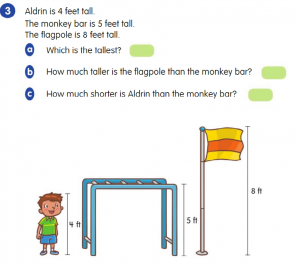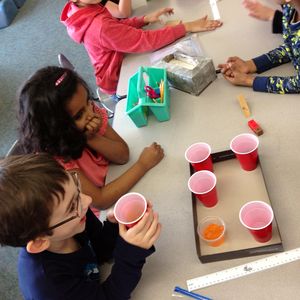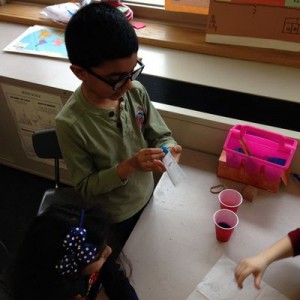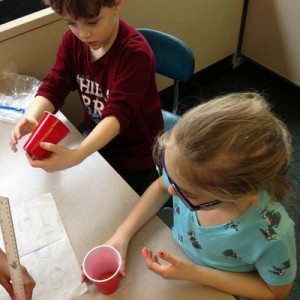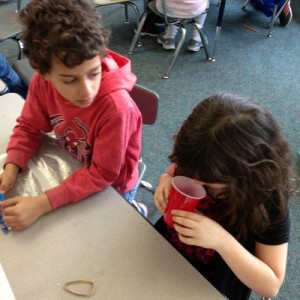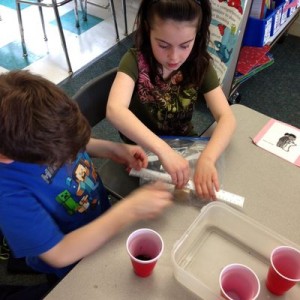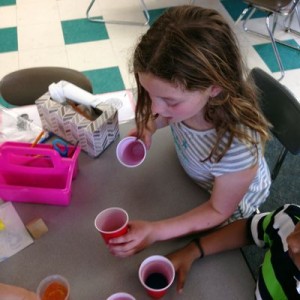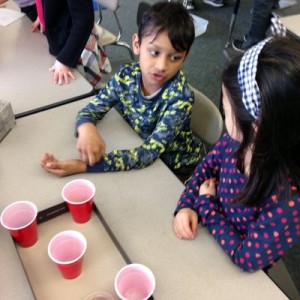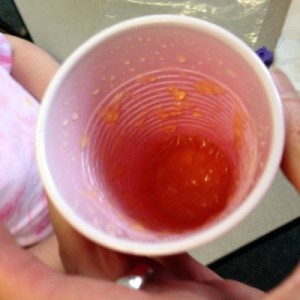Posted by kavery508 | Posted in Uncategorized | Posted on April 25, 2016
Students were treated to lessons in fire safety and prevention last week! Shrewsbury firefighters were on hand, engaging kids through video and equipment demonstrations. We learned what to do and what not to do in various situations involving fire at home. Besides monitoring smoke alarms and carbon monoxide detectors, one of the best ways to improve safety for families is to have a plan in place that includes 2 ways out of the house and a meeting place where the family should gather in case anyone gets separated. This is a good time to start or review your plan! Our thanks go out to Shrewsbury’s finest for their work with the kids on Friday and everyday. Did you know: Kids are welcome at the firehouse anytime! Firefighters are happy to share with families your civic resources at work.
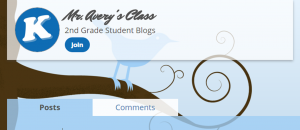
With just 8 weeks to go, students will learn to use technology to communicate and evidence their thinking through the use of student learning blogs. The will learn to navigate online environments, including posting, commenting, and replying; to create, find, and upload media such as images and audio files; and to collaborate with peers through reading and writing. This week, we will learn what it means to be part of an online community and how blogs are used. Then we will learn what a digital footprint means and how to create a safe one, as well as how to stay safe online. Next, we will learn the format and netiquette specific to online communication. A note on safety and privacy: Student blogs are created via Kidblog.org. They are only open to invited peers and teachers. Once up and running parents will be invited to view them as well with a private password. For more information, please visit their site. Lessons on privacy and more are taken from Common Sense Media.
 All year, students have been taught elements of good poetry and how to apply their knowledge when analyzing poems. As our final Trimester of school begins, they will now be taught how to write meaningful poems of their own. They will learn how to choose topics that they feel strongly about; how to write with a mix of thoughts, feelings, and carefully chosen words; how to replace uninteresting text with better words and similes; and how to edit the structure (lines, repetition, etc.) of their poems until it looks and sounds right. Here is a very cool site for you and your child to view at home, where children’s poetry is read aloud and you can learn more about poets and their craft! http://childrenspoetryarchive.org/?_ga=1.112867396.1951796194.1461419863
All year, students have been taught elements of good poetry and how to apply their knowledge when analyzing poems. As our final Trimester of school begins, they will now be taught how to write meaningful poems of their own. They will learn how to choose topics that they feel strongly about; how to write with a mix of thoughts, feelings, and carefully chosen words; how to replace uninteresting text with better words and similes; and how to edit the structure (lines, repetition, etc.) of their poems until it looks and sounds right. Here is a very cool site for you and your child to view at home, where children’s poetry is read aloud and you can learn more about poets and their craft! http://childrenspoetryarchive.org/?_ga=1.112867396.1951796194.1461419863
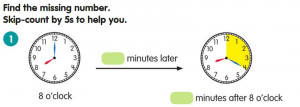 This week we begin Chapter 14, which teaches kids to tell time to the 5 minutes on an analog clock; write the time in numbers or words; correctly identify AM and PM; and solve problems involving elapsed time (minutes or hours later/before). Check out the graphic above: students are being taught to identify time using the hour and minute hands; to tell minutes of any hour by counting “5s” around the clock; and to use those skills to calculate time elapsed. Here is a link to a great online clock from ABCya.com that kids can manipulate to read the time in analog and digital format, and to use it to play games. Try it out! Just navigate to this page, select “Practice,” and click “GO”: http://www.abcya.com/telling_time.htm
This week we begin Chapter 14, which teaches kids to tell time to the 5 minutes on an analog clock; write the time in numbers or words; correctly identify AM and PM; and solve problems involving elapsed time (minutes or hours later/before). Check out the graphic above: students are being taught to identify time using the hour and minute hands; to tell minutes of any hour by counting “5s” around the clock; and to use those skills to calculate time elapsed. Here is a link to a great online clock from ABCya.com that kids can manipulate to read the time in analog and digital format, and to use it to play games. Try it out! Just navigate to this page, select “Practice,” and click “GO”: http://www.abcya.com/telling_time.htm

Having learned to identify a variety of liquids based on observable properties, this week kids will work to design an experiment to try to prove the idea that liquids spread out to fill the container they are in. Students will be tasked with asking a question that can be tested; designing, re-designing, and collaborating; testing and collecting evidence; and drawing conclusions. Smart! Below are some pictures of liquid observations in action.
Also included below are some shots of the fourth grade gymnastics show to which we were treated before vacation. As part of PE curriculum every year, students learn a variety of positions and work together to create student-designed routines for presentation. Cool!

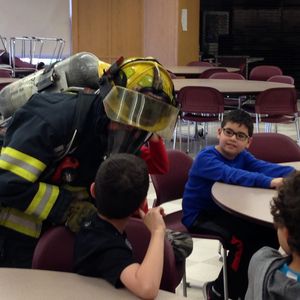
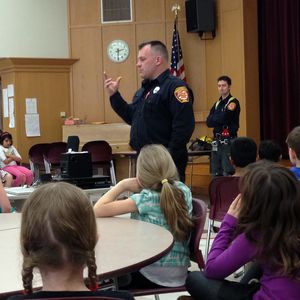
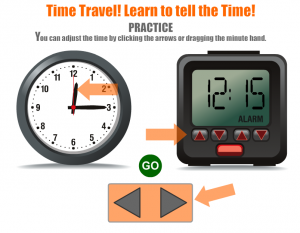
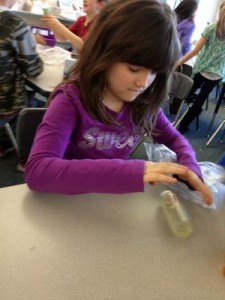
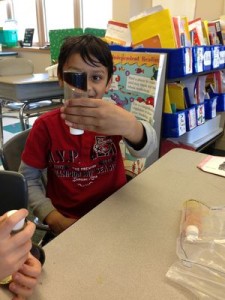
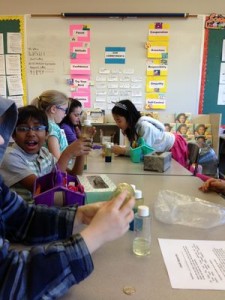
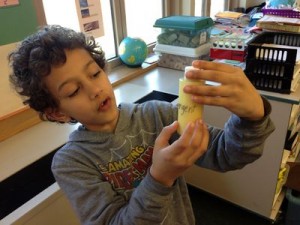
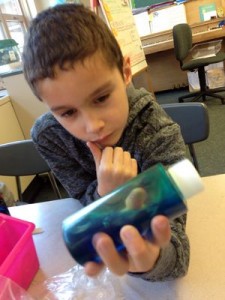
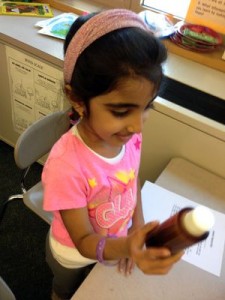
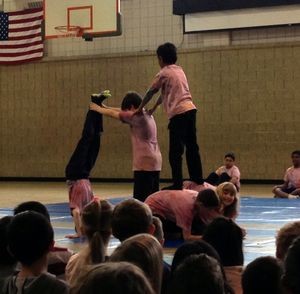
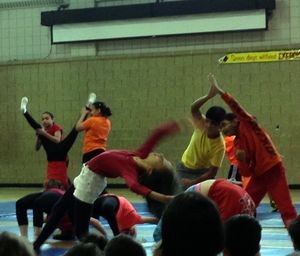

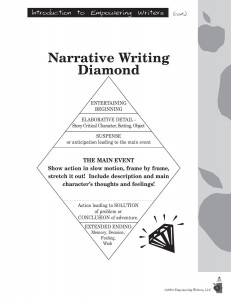
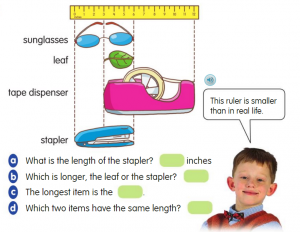
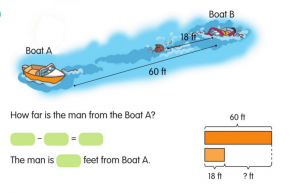
 Having learned a great many map skills this year (orientation, scale, symbols, map keys, natural and cultural features, and more), students are learning geography related to the 7 continents by evaluating a variety of maps and creating an atlas that employs skills learned. In addition, while researching the continent of Asia this week, we will learn about Japan’s tradition of celebrating spring with cherry blossom festivals!
Having learned a great many map skills this year (orientation, scale, symbols, map keys, natural and cultural features, and more), students are learning geography related to the 7 continents by evaluating a variety of maps and creating an atlas that employs skills learned. In addition, while researching the continent of Asia this week, we will learn about Japan’s tradition of celebrating spring with cherry blossom festivals!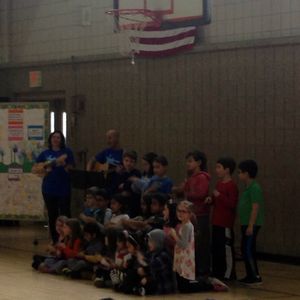
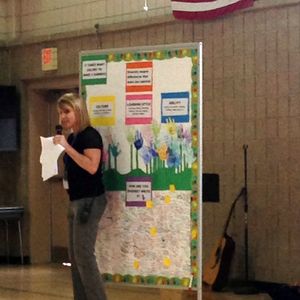
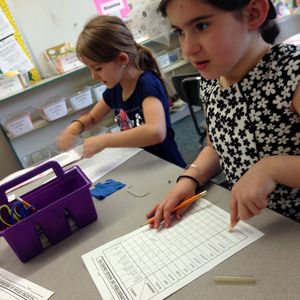
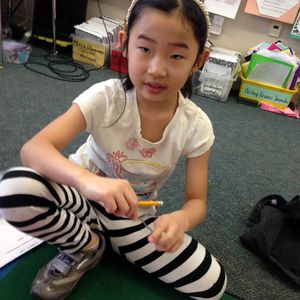
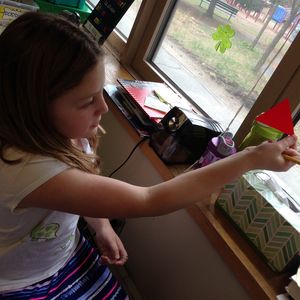
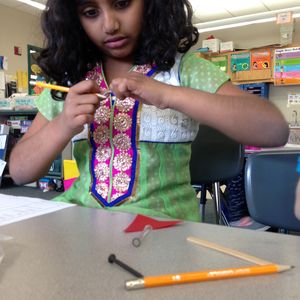
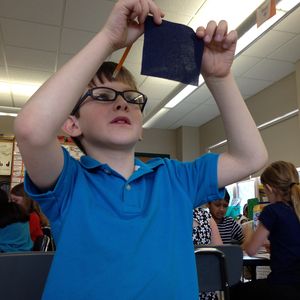
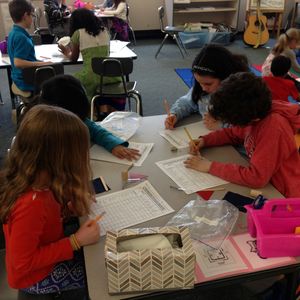
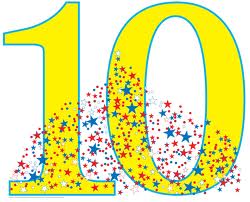
 Photo Source:
Photo Source: 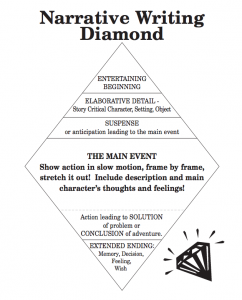 Students have done great work stretching out the main events of their kite-experience stories, with description and red flags! From Karina: Just then, I saw leaves flying across the March sky. Suddenly, my kite got tangled with two other kids’! From Martin: I quickly got to the top and grabbed my kite. I lifted my arm and threw it into the air. It flew around in small circles and every once in a while, flapped up, then back down to the ground. From Aamir: I was surprised to see the dark, brown muddy spots on the ground. I slowly unraveled my rough, white paper kite. And from Teo: Just then, the wind went super crazy, like a toddler throwing a temper tantrum. I had to hold it harder like it was flying titanium. Awesome!
Students have done great work stretching out the main events of their kite-experience stories, with description and red flags! From Karina: Just then, I saw leaves flying across the March sky. Suddenly, my kite got tangled with two other kids’! From Martin: I quickly got to the top and grabbed my kite. I lifted my arm and threw it into the air. It flew around in small circles and every once in a while, flapped up, then back down to the ground. From Aamir: I was surprised to see the dark, brown muddy spots on the ground. I slowly unraveled my rough, white paper kite. And from Teo: Just then, the wind went super crazy, like a toddler throwing a temper tantrum. I had to hold it harder like it was flying titanium. Awesome!